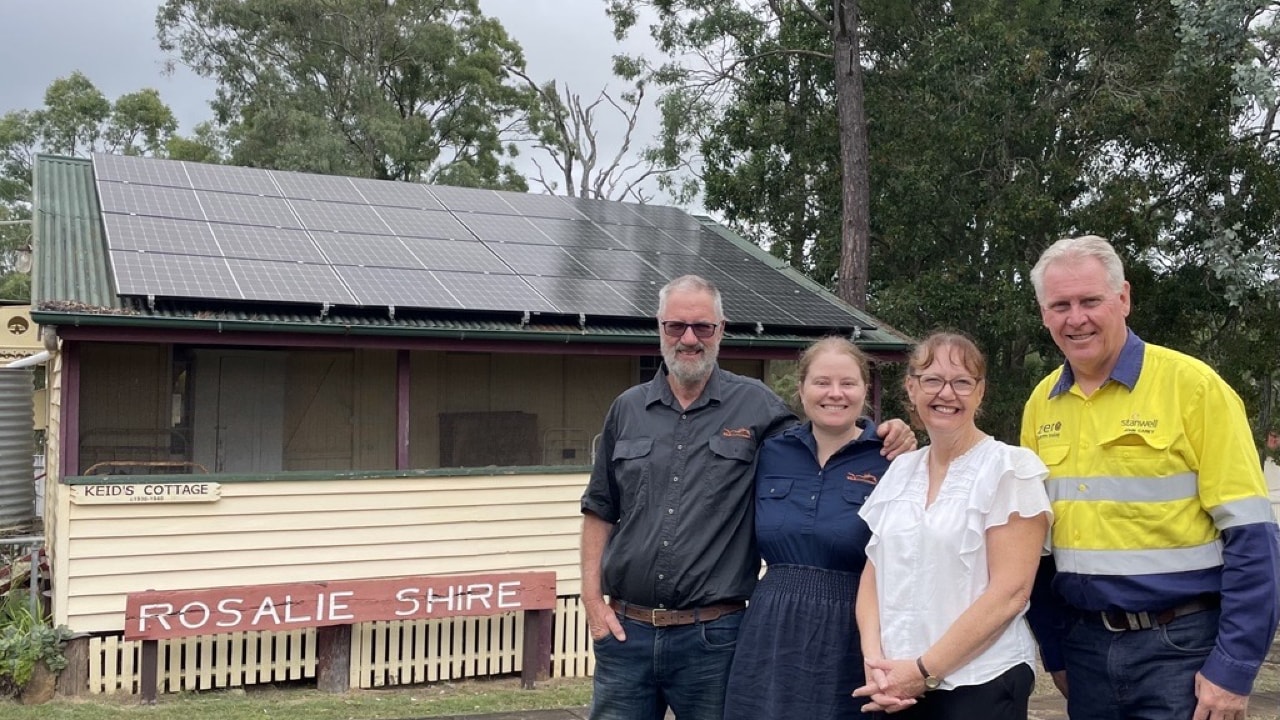
- Media releases
- Communities
Tarong fund powers more community projects
02 July 2025
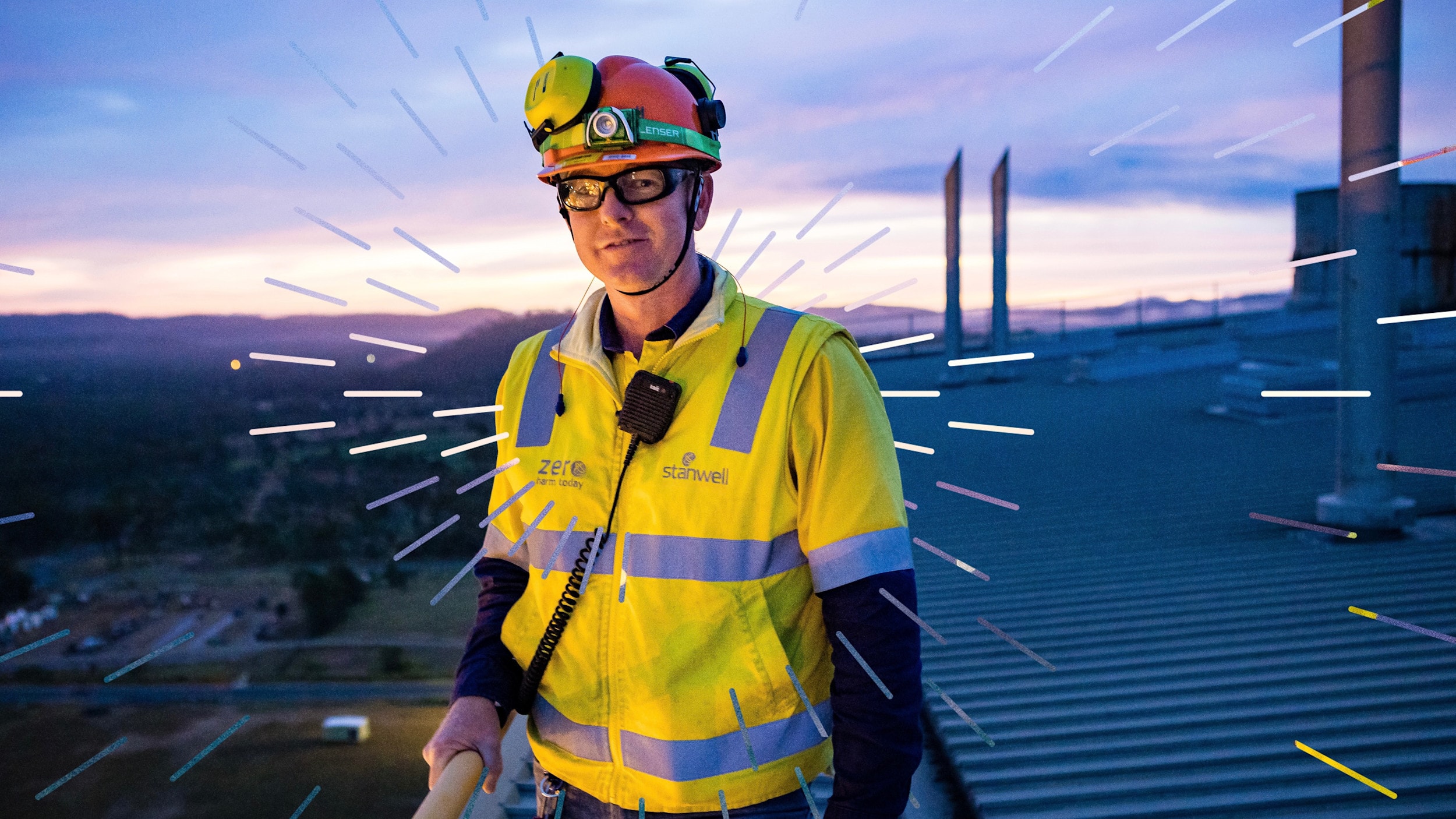
Stanwell is a Government Owned Corporation (GOC), and we are proud to deliver an essential service – providing reliable, affordable electricity to commercial and industrial businesses, and to the people of Queensland and eastern Australia.
As a GOC, we have a history of owning and managing a diverse range of generation assets, including gas, pumped hydro, and Queensland’s first wind farm. Today, we operate two of the most efficient and reliable coal-fired power stations in Australia, backed by 30 and 40 years of operational excellence.
Stanwell was established as a corporation in 1997 and has continued to evolve over time. Our business is guided by clear goals, a regularly reviewed corporate strategy, and robust governance. If you want to know ‘about us’ – we’re a knowledgeable, hard-working and dedicated team, focused on delivering a bright energy future.

We have four strategic goals that cover the work we will deliver between now and 2035. Our goals help us focus our efforts and resources on the things that matter most. We review our strategy annually with our leadership teams and the Board, to ensure it positions us strongly to respond to the changes that are happening around us.

Operate, maintain and invest in our portfolio to deliver long-term affordable, reliable and secure electricity.
Stanwell is committed to maintaining the reliability and performance of our current assets, including the Stanwell and Tarong power stations and the Meandu Mine. These assets will continue to play a critical role in Queensland’s energy supply, providing affordable, reliable generation and essential system services.
Generation assets
Diversify our portfolio with firmed renewable energy.
Over time, we will diversify our portfolio to have access to a portfolio of renewable energy (including large scale wind and solar) and storage projects (including low emission gas peaking plant, medium-sized pumped hydro and batteries). We will use our renewable energy and storage projects to sustain and create jobs and investment in the regions that surround our power stations, and throughout the State.
Explore our energy projects here
Support new technologies, firming and storage.
We will investigate, pilot, commercialise and use new technologies that provide firming solutions and system strength to secure Queensland’s energy supply.
Learn more about energy storage and firming technologies here
Create future pathways for our people
We will create a safe, respectful and inclusive working environment and make sure we continue to attract, retain and develop existing and new talent. We will make sure our people can see and capitalise on the opportunities that the energy shift delivers.
More on Stanwell's cultureMichael O'Rourke LLB, BCom, GDip AppFin, GDip CSA Chief Executive Officer
“In everything we do, we want to be a visible bright spark to our communities and people.”
As Chief Executive Officer, Michael leads the Stanwell team to use its existing portfolio to play a key role in maintaining the security and stability of electricity supply, while supporting the shift towards cleaner energy and firmed renewables.
Having been closely involved in the planning and development of renewable and energy storage assets, Michael has a deep understanding of the energy industry, combined with a strong commercial and safety focus. He has held several executive roles in the business, including Chief Financial Officer, where he was responsible for overseeing the financial services, legal, procurement and insurance portfolios. Prior to this, Mr O’Rourke held Executive General Manager roles in the Trading, Strategy and Corporate Services functions, and as General Counsel.
Appointed: 2021 Joined Stanwell: 1998 LinkedIn

Catherine Cook BBus (ProfAcc), MCommLaw, CPA, GAICD Chief Financial Officer
As Chief Financial Officer, Catherine leads the corporate finance function for Stanwell. This includes group finance, tax and treasury; procurement and supply; quantitative risk and analytics; insurance; financial planning and analysis; growth and operations finance business partnering; and enterprise services.
Catherine’s role includes partnering with the business to develop and execute strategic outcomes, maintain strong financial and commercial governance, and adapt systems and processes to support Stanwell’s evolving energy portfolio. Prior to Stanwell, Catherine was Deputy Chief Financial Officer at Thiess, a global mining services provider.
Appointed: 2022 Joined Stanwell: 2022 LinkedIn
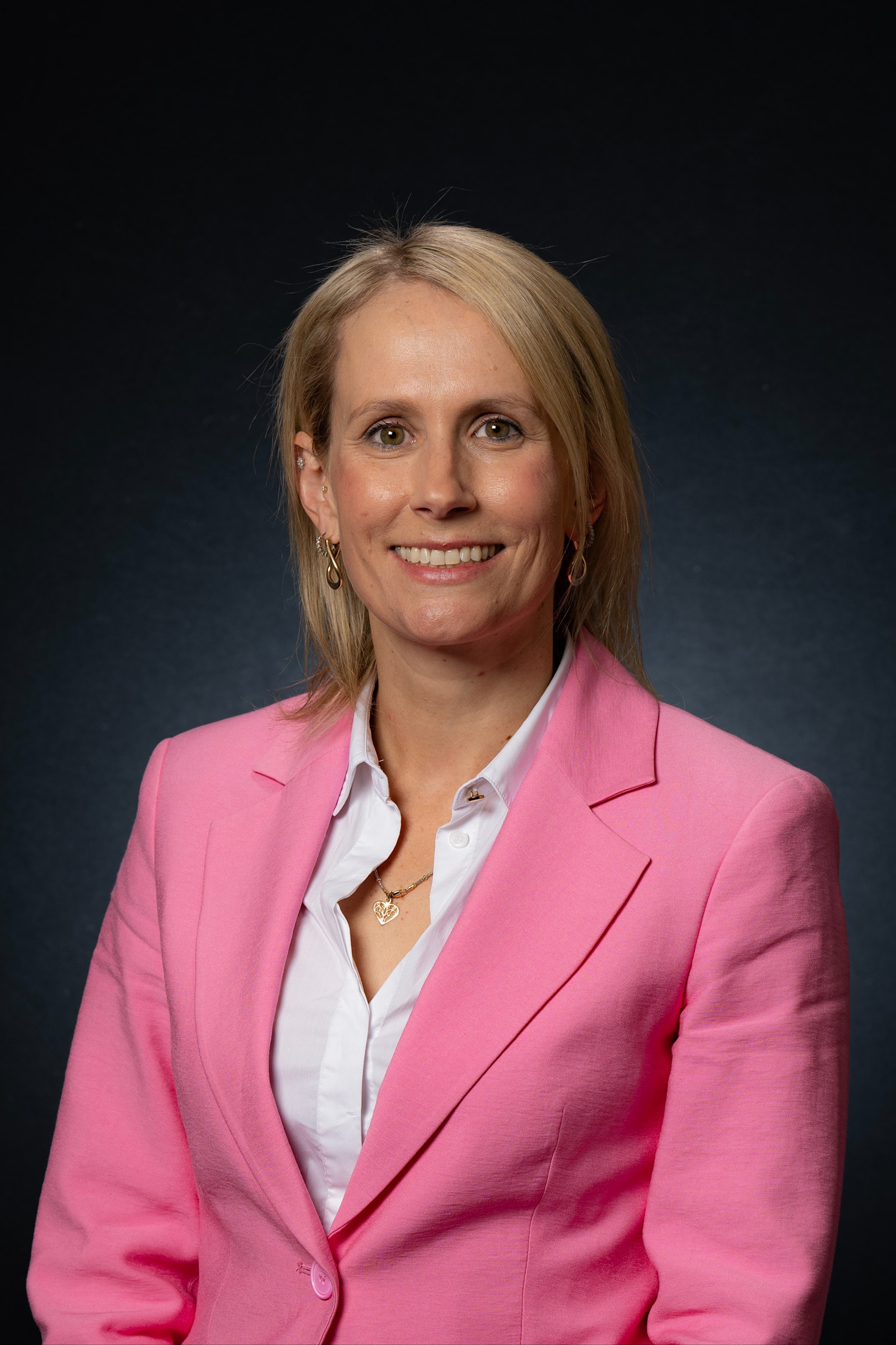
Sophie Naughton BA/LLB, GDipEd, GAICD Executive General Manager Energy Markets
“Apart from our own emissions intensity reductions, working with our customers on their sustainability journeys is really exciting now.”
Sophie leads Stanwell’s trading and market interfaces, Stanwell Energy Solutions for commercial and industrial customers, as well as analytics and modelling functions, and regulatory strategy.
Prior to this role, Sophie was Stanwell’s Executive General Manager for Business Services, where she oversaw business strategy development, community and stakeholder engagement, information technology and business systems, human resources management, and organisational development.
Appointed: 2021 Joined Stanwell: 2011 LinkedIn
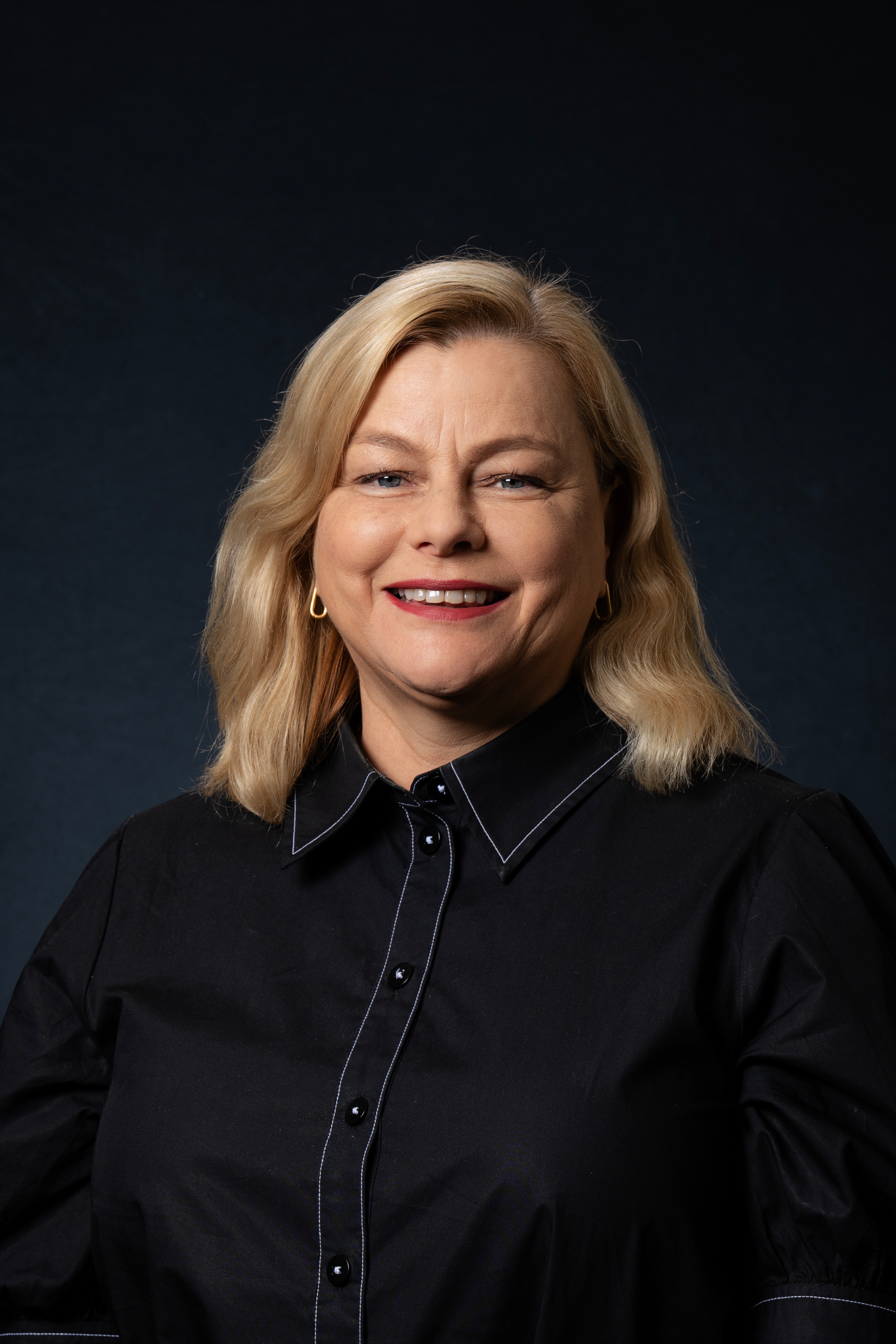
James Oliver MBA, BE (Mech) Hons 1, MIEAust, CPEng, NER, RPEQ, IntPE (Aus), GAICD Chief Operating Officer
James oversees Stanwell’s operations and provides leadership and direction for both the Operations Leadership Team and the wider business. His responsibilities include delivering asset strategies, policies, systems and operational risk management controls to achieve Stanwell’s short and long-term business objectives.
An experienced senior business manager, James has held a number of operational roles across the business, including General Manager Operational Excellence, Stanwell Power Station Site Manager, Production Manager and Engineering Manager.
Appointed: 2019 Joined Stanwell: 2003 LinkedIn
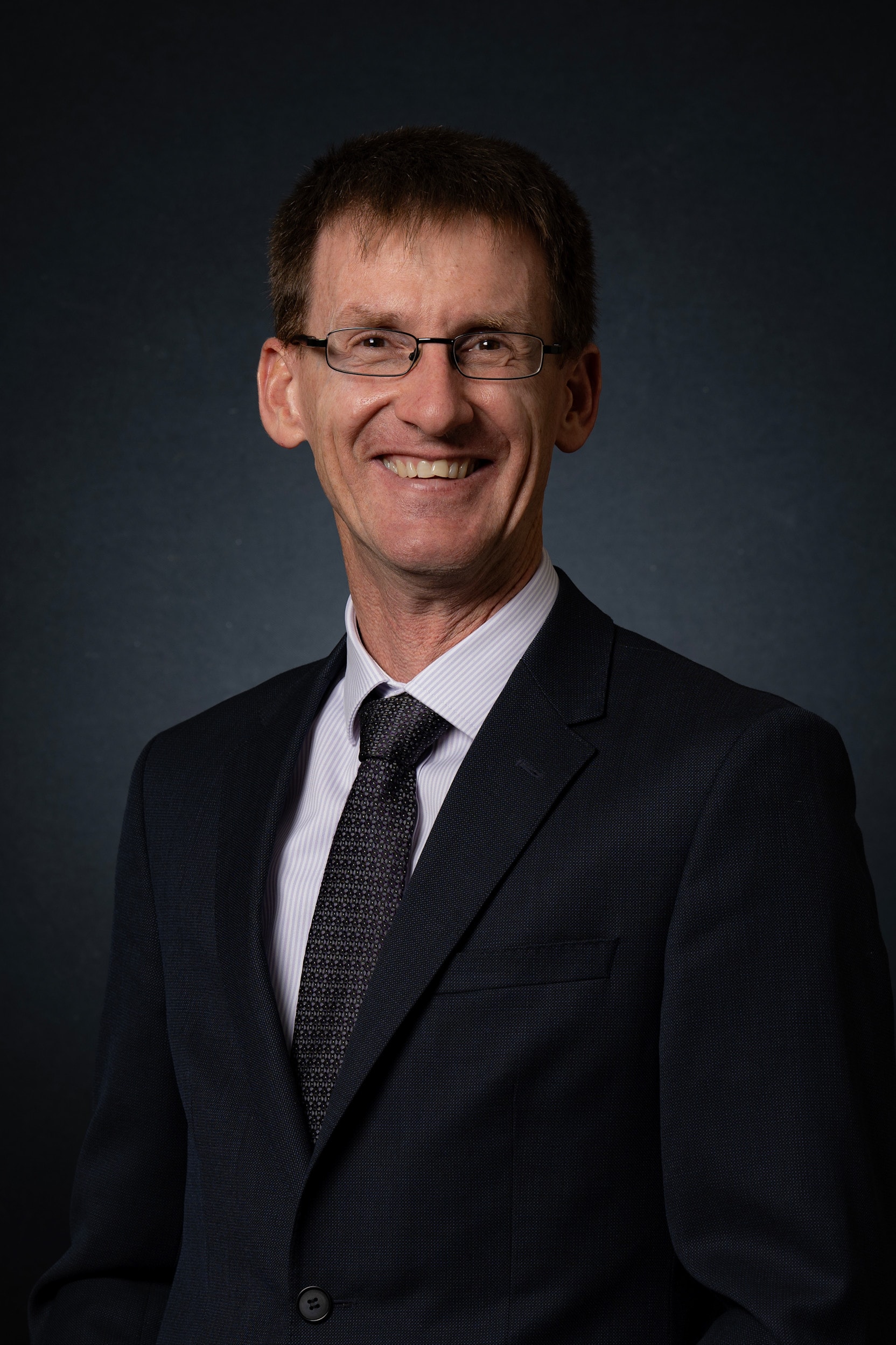
Steve Quilter BEng (Mech), MBA Executive General Manager Growth and Future Energy
“I’m passionate about innovation in the energy industry and finding commercial solutions to deliver affordable and reliable energy for our people, our customers and partners.”
Steve is accountable for the development, delivery and oversight of the growth of Stanwell’s diversified generation and energy storage portfolio. His portfolio also includes SAMCo, Stanwell’s renewable maintenance business unit whose mission is to mirror the same high safety, reliability, and management standards we uphold on our own assets, to optimise our partners’ generation sites. His focus is on driving commercial outcomes at all stages of a project lifecycle, from transaction, through development stages and execution.
Prior to this role, he held the role of Executive General Manager Energy Trading and Commercial Strategy since 2016. Steve brings a unique mix of operational and management experience to the role following a career spanning 30 + years in the energy industry in both Queensland and New South Wales.
Appointed: 2021 Joined Stanwell: 2012 LinkedIn
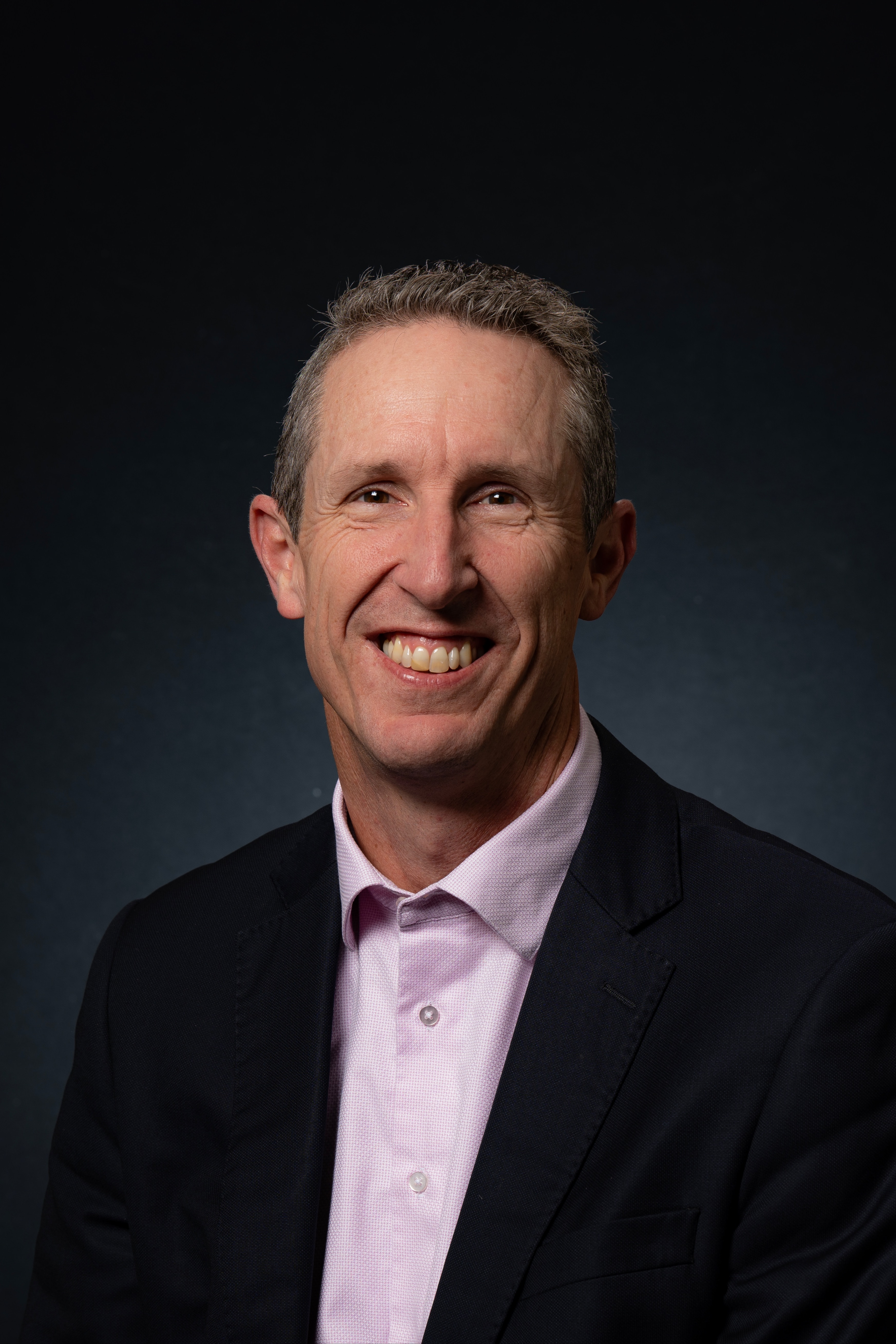
Glenn Smith ADip Business Management Executive General Manager Business Services
Glenn is responsible for Stanwell’s information and business systems, legal services, human resources management and organisational development.
Glenn is an experienced executive in human resources, employee relations and external affairs. His industry experience spans publicly listed and private companies, as well as the public sector, across the resources, contracting, manufacturing, services and utilities sectors.
Appointed: 2021 Joined Stanwell: 2020 LinkedIn
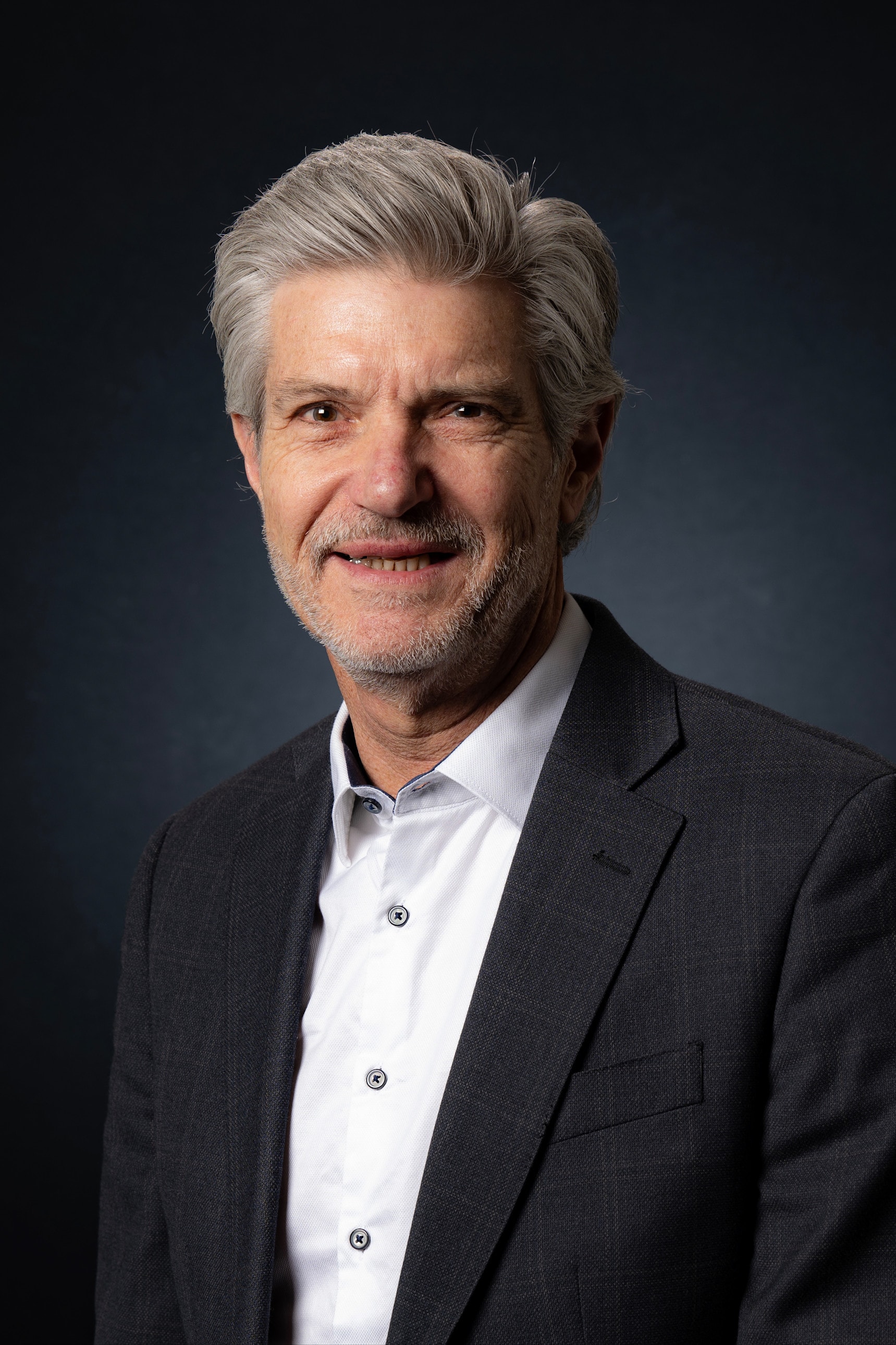
Richard Jeffery BA, CGMA Executive General Manager Strategic Partnerships
“There’s never been a more exciting time to be in energy."
Richard leads Stanwell’s Strategic Partnerships division, working across the business to develop and communicate Stanwell’s commercial and sustainability strategies. He fosters partnerships that support the delivery of these strategies and ensures they are effectively shared with our people, shareholders and the communities where we operate.
Richard is an experienced commercial manager and people leader, with significant experience across the energy, resources and heavy industry sectors. Prior to this role, he held leadership positions within Stanwell’s financial, commercial and future energy teams.
Appointed: 2023 Joined Stanwell: 2007 LinkedIn
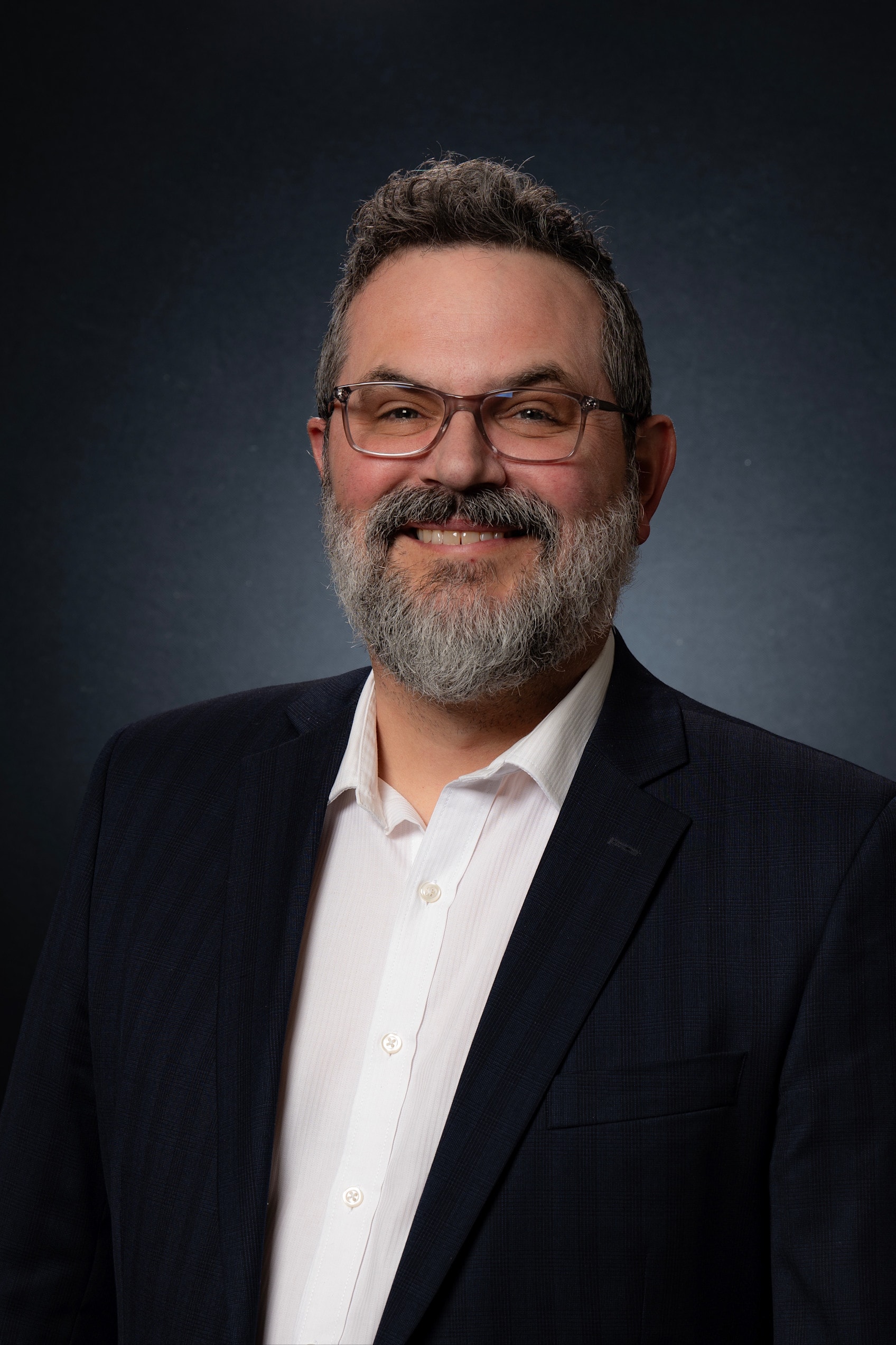
Stanwell sells around 70% of the electricity we generate directly to our commercial and industrial customers. The remainder is traded through the wholesale National Electricity Market (NEM). This strictly regulated market operates on a five-minute dispatch cycle, enabling Stanwell to meet energy demand across the eastern seaboard through a centrally coordinated process.
More insights on the total electricity market from AEMO here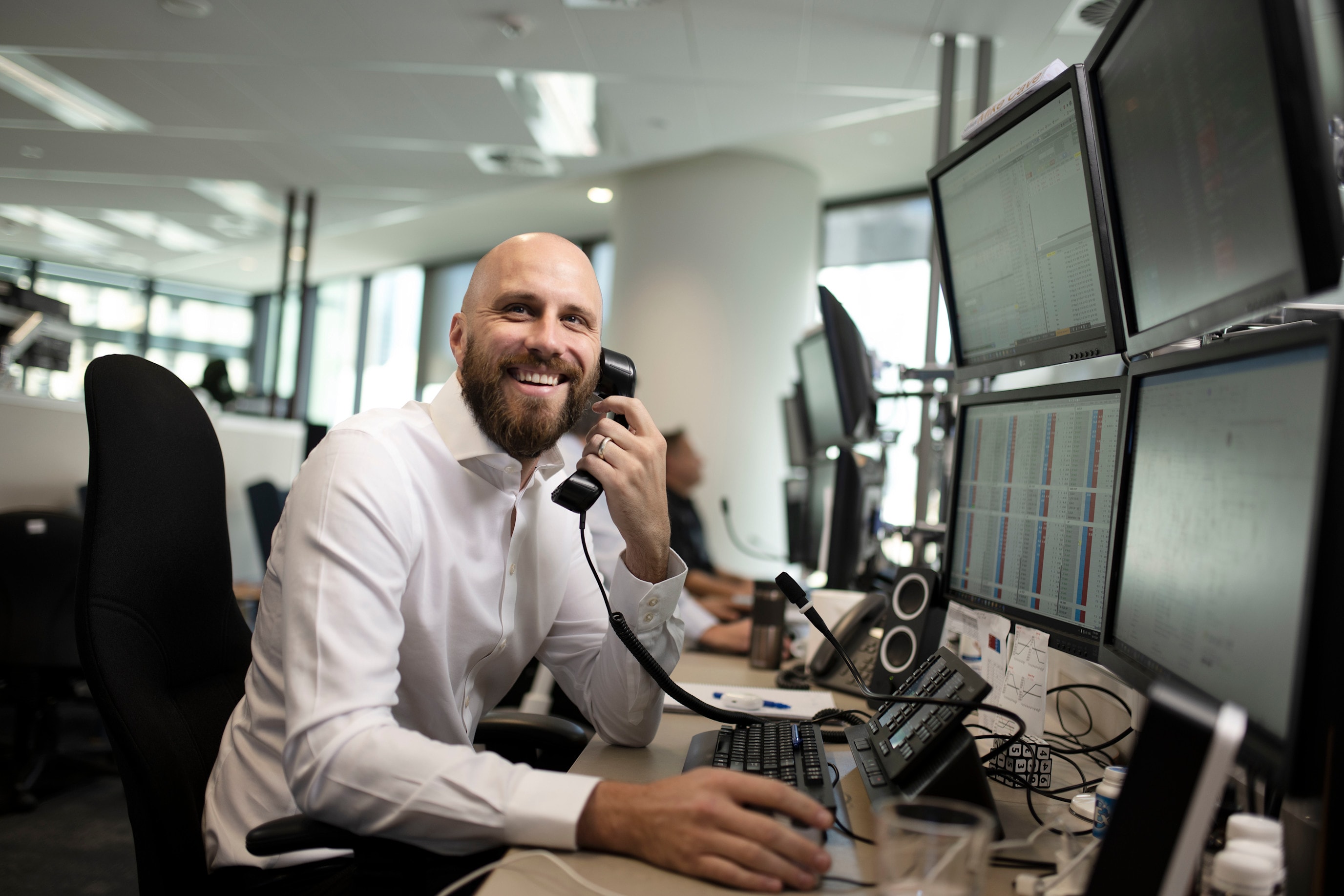

02 July 2025
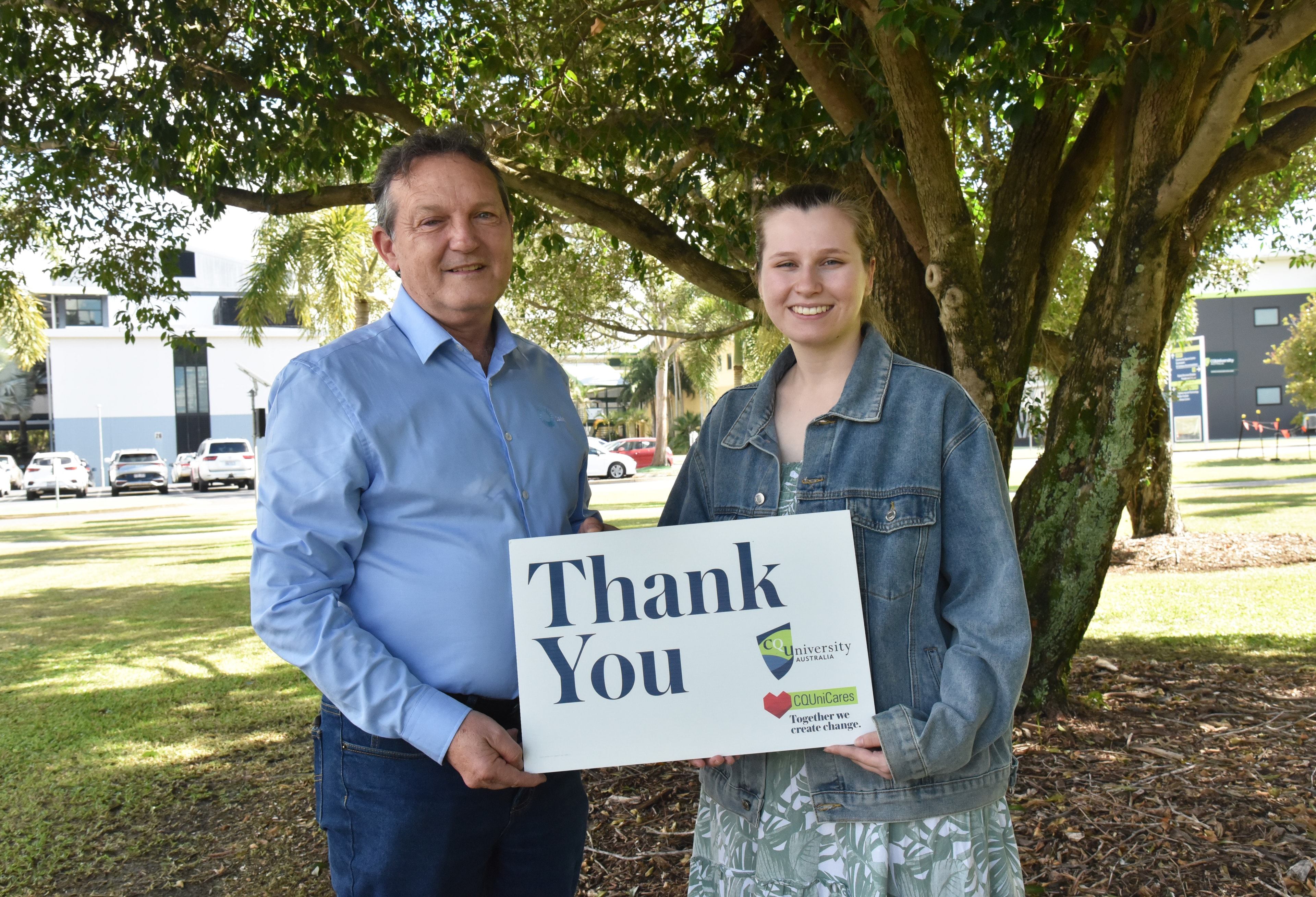
29 June 2025
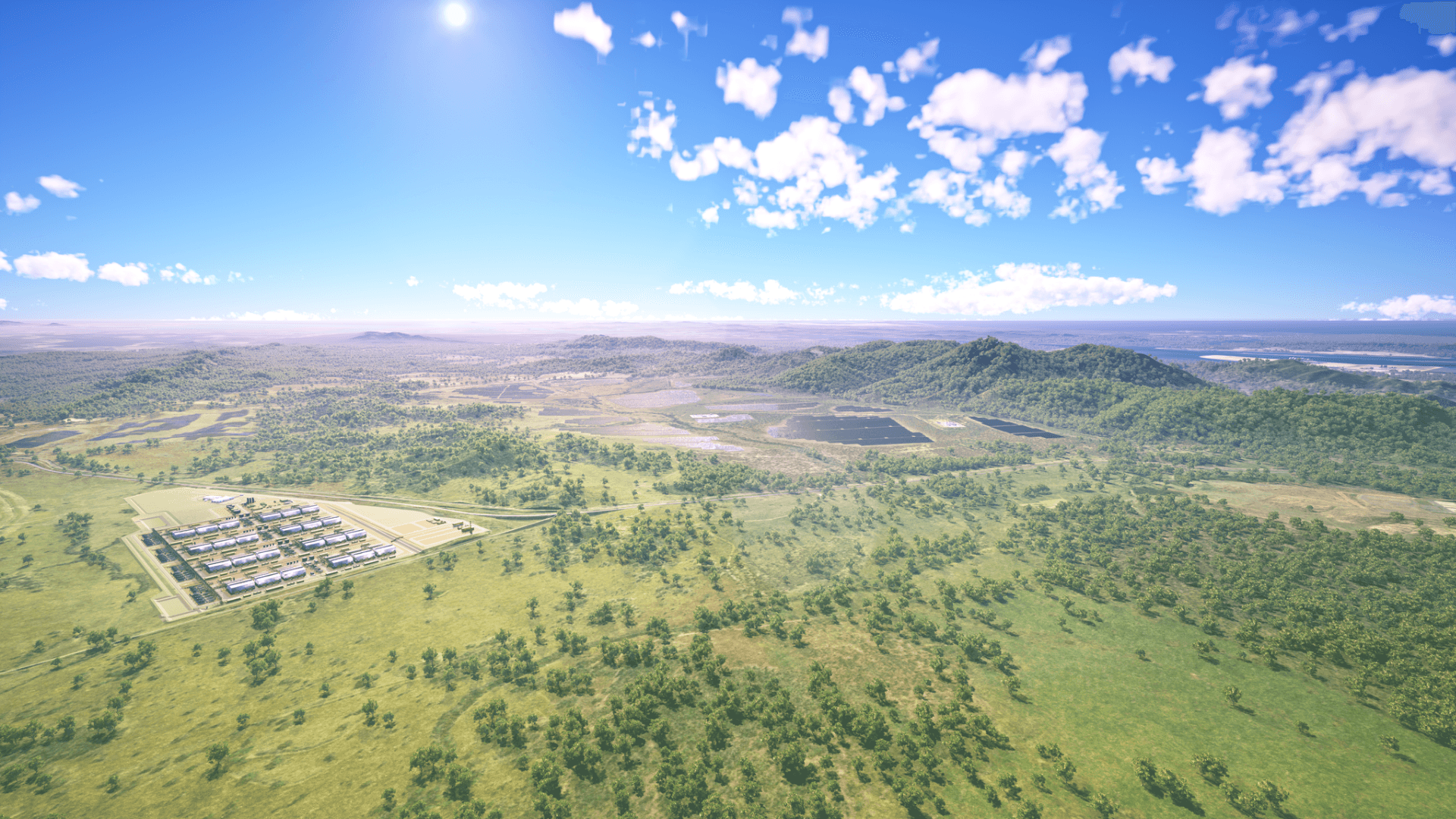
29 June 2025
Stay up to date with quarterly news from Stanwell, delivered straight to your inbox. Learn more about our projects, partnerships and how we're delivering affordable, reliable and secure electricity for Queensland.

Find out more about our approach to sustainability

Read about why we are a great place to work

Buy large volume electricity directly from Stanwell